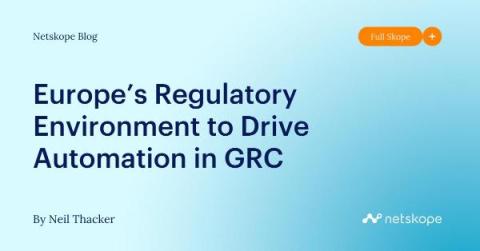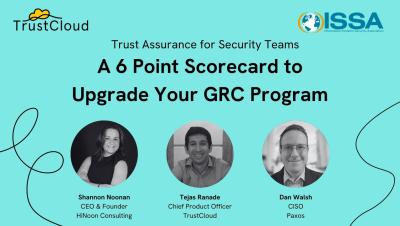What is a Compliance Risk Assessment?
As global data privacy and cybersecurity regulations continue to increase, the pressure for organizations to manage compliance risk grows. The first step in your journey to better compliance risk management is compliance risk assessment. With risk management methodologies, a compliance risk assessment analyzes how an organization might not meet its regulatory compliance obligations.








